Blepharitis
Blepharitis and Meibomitis are the leading cause of patient visits to the ophthalmologist in the developed world. We see 15% of people over age 65 years with Blepharitis.
The symptoms include
- Itchy eyes
- Burning eyes
- Red eye
- Scratchy eye
- Blurred vision
- Dry eye
- Tears running down face
- Gritty eyes in the morning
- A grey mucus discharge from the eye
- Eye fatigue
- Smeary vision, and
- A foreign body sensation in the eye
Blepharitis and Meibomitis has no cure, but we can manage it.

I had the best experience working with Dr Crawley. I felt looked after and she took the time to get to know me. I would highly recommend her.

From the moment I met her to the moment I left, I was treated with great courtesy and kindness, and everything was explained to me in layman’s terms so I could fully understand my condition. I was immensely impressed.

“Thank you very much for seeing me yesterday, you were marvellous and a pride to the NHS”

Dear Laura,
Just a quick note to say thanks for looking after my mum Mrs M. so wonderfully. It was so good of you to take so much time and care as she was very worried about my appointment and you really made such a difference to my experience. Thank you.

Dear Angela and Laura,
Thank you very much for seeing me yesterday. You were both marvellous and a pride to the NHS. You could, if you two wish, send this to your line manager. Thank you again!

Dear Laura,
Enjoy your holiday and thanks for everything so far.
Best Wishes
Symptoms of Blepharitis and Meibomitis
There are various symptoms of blepharitis. As a rule, your eyes feel uncomfortable, gritty, red and irritable.
- Burning
- Stinging
- Red
- Sticky, mucus in the morning
- Gritty or sand-like feeling
- Eyes feel tired all of the time
On the edges of the upper and lower eyelids lie some oil glands. They sit just behind the eyelashes and produce oil, an important part of your tears. Tears are a mixture of oil and water. The watery part comes from the lacrimal gland, which sits behind the brow bone. In blepharitis, the oil glands become blocked.
As a result, your tears are too thin, made up to a great extent of water. They run down your face rather than sitting on the front surface of the eye to moisturise them. This results in dry eye.
The oil builds up in the glands making the lid edges swell or become sore and red.
Dead skin cells mix with the thick oil droplets forming flakes. The flakes then move along the eyelashes and drop onto the eye further exacerbating the grittiness that you feel. You cannot see this when you look in the mirror, but your eye doctor can see it through the microscope.
Diagnosing Blepharitis and Meibomitis
Blepharitis is a clinical diagnosis. Your specialist Laura Crawley will give you a diagnosis when she examines your eyelids and eyes on the slit lamp microscope. She will also have a discussion about your symptoms. There is no blood test for blepharitis.
Accreditations and Memberships
Related articles
Eye drops for high eye pressure
Eye drops for high eye pressure form the mainstay of most people’s individualised treatment plan. There are 4 main families of drops and huge advances in drug technology and formulation mean that we have very effective pressure reduction from one bottle of treatment.
Symptoms of high eye pressure
The vast majority of people with raised eye pressures have no symptoms whatsoever. Eye pressure is like blood pressure in this regard. Unless the rise is very rapidly you won’t know that your eye pressure is dangerously high.
World Glaucoma Week
World Glaucoma Week This week is World Glaucoma Week. The number of people with glaucoma is expected to increase to 76 million in 2020. There is still a huge lack of awareness of [...]















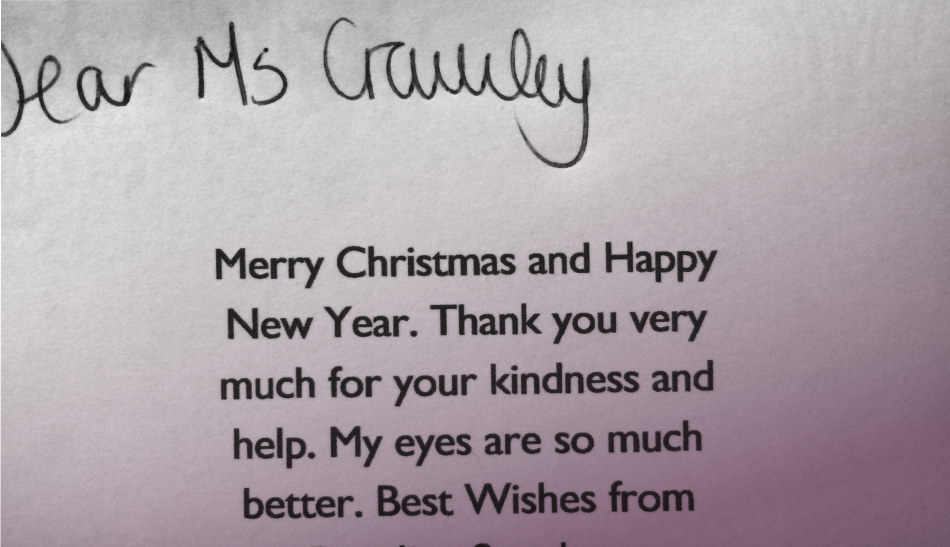
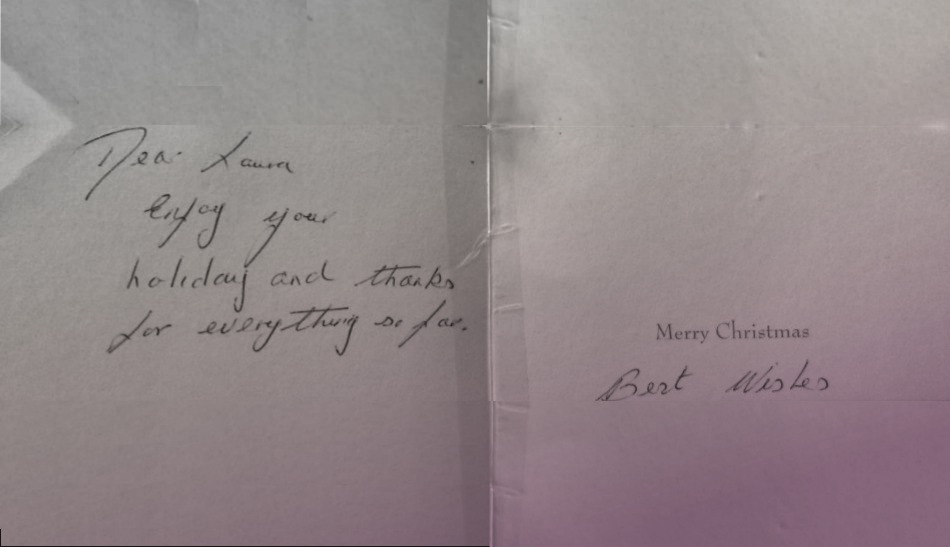
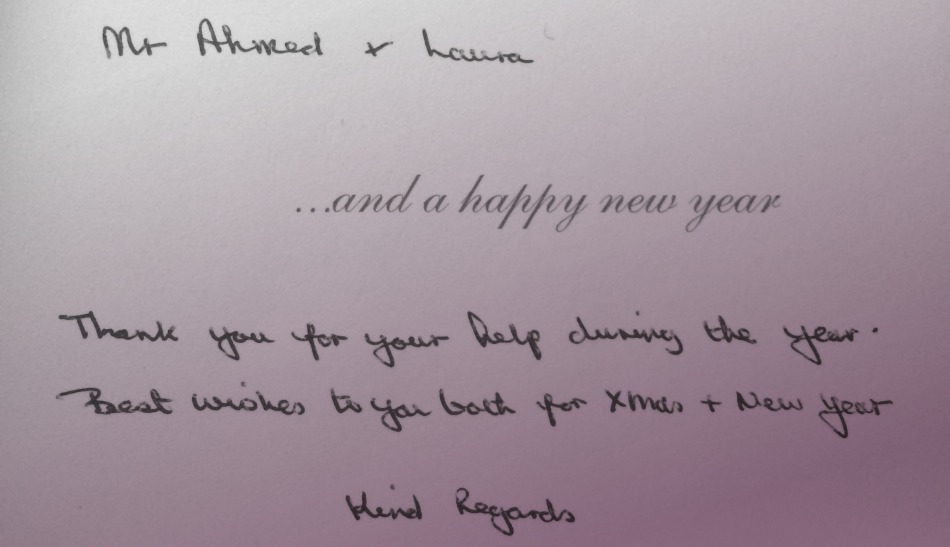
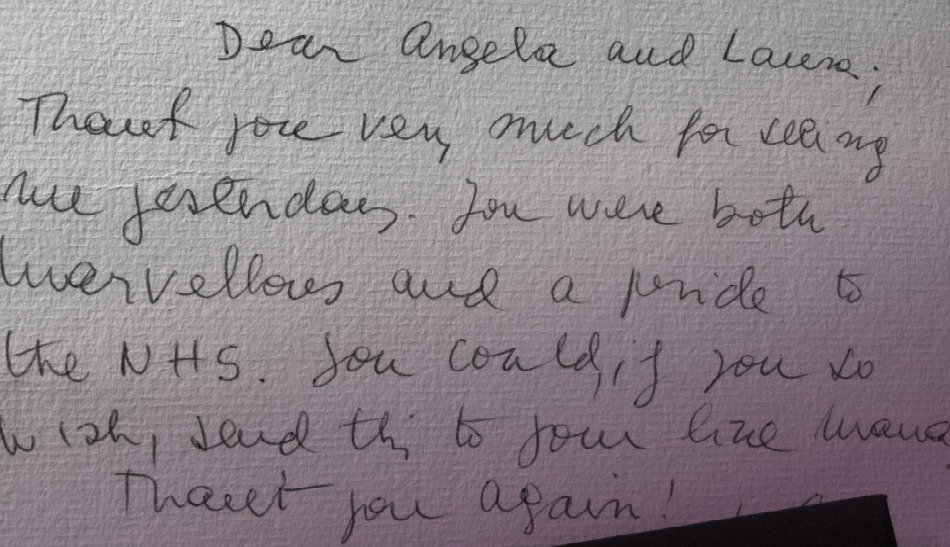
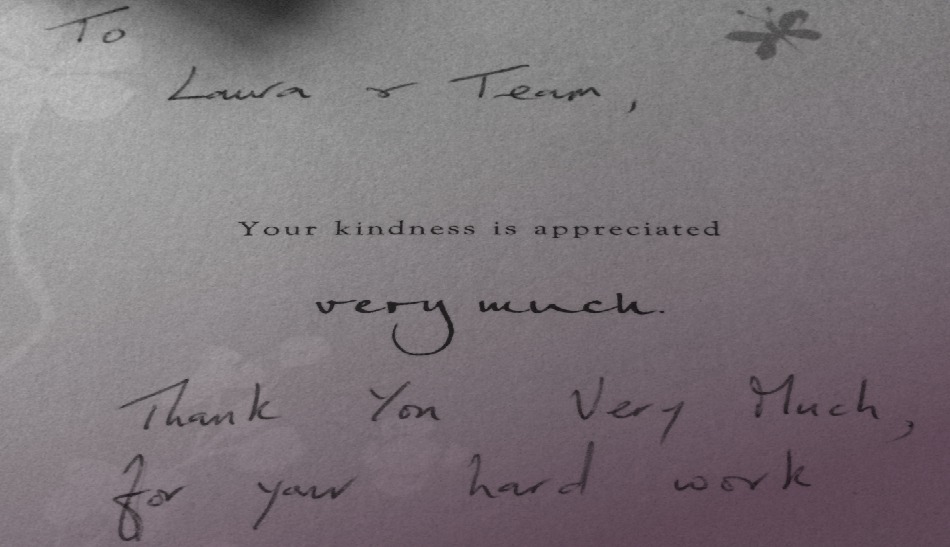









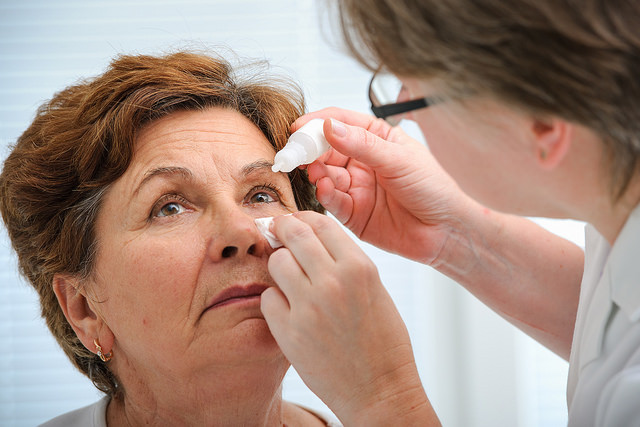

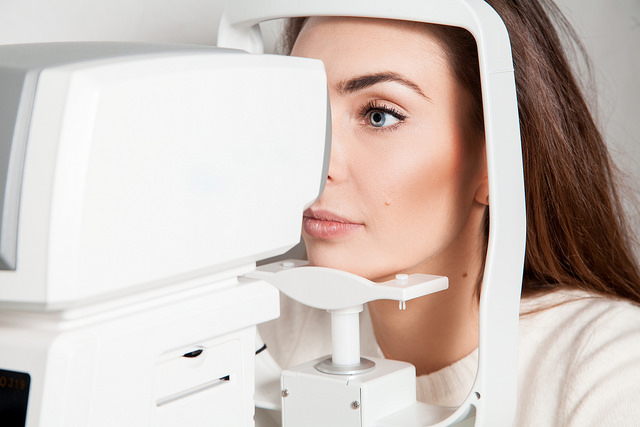
Find us on social media